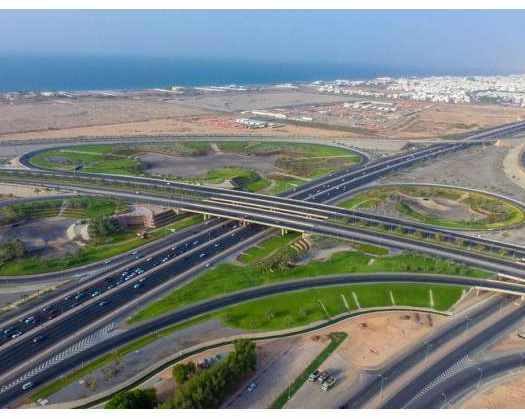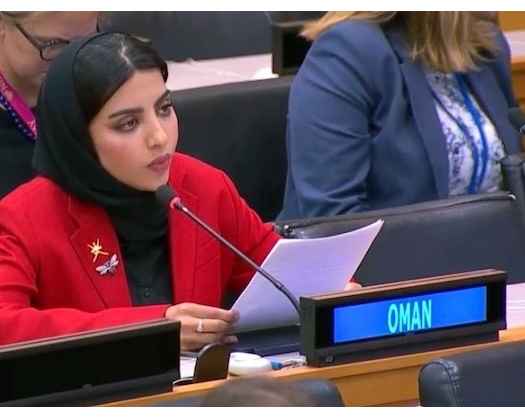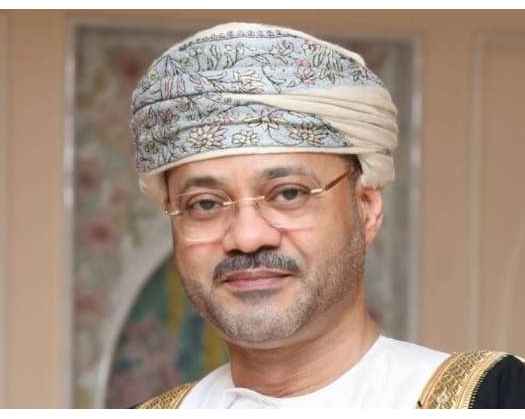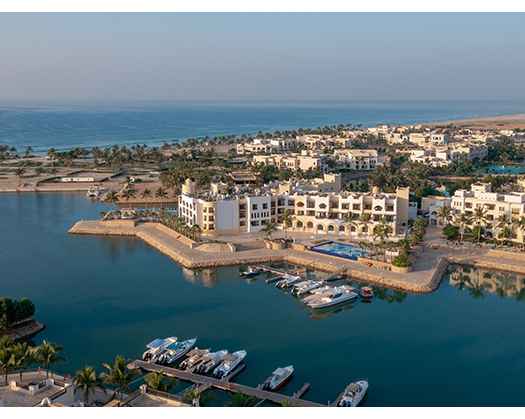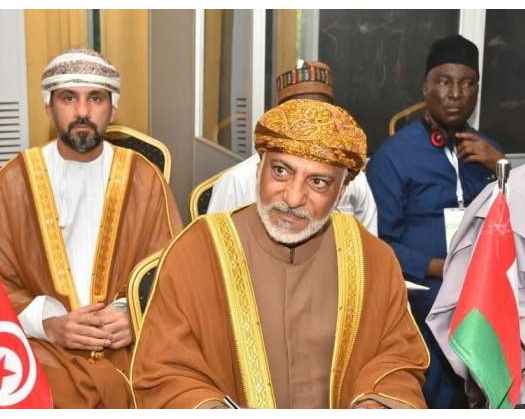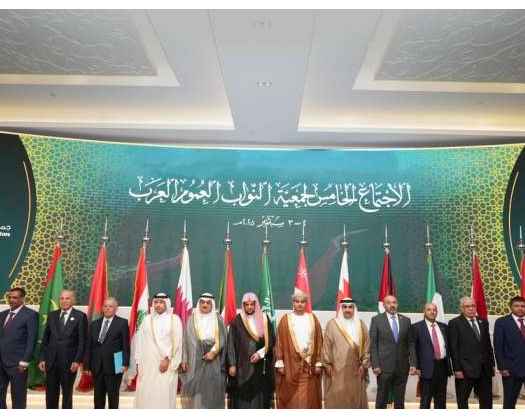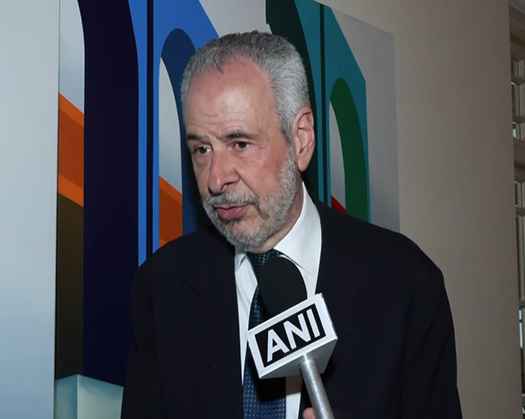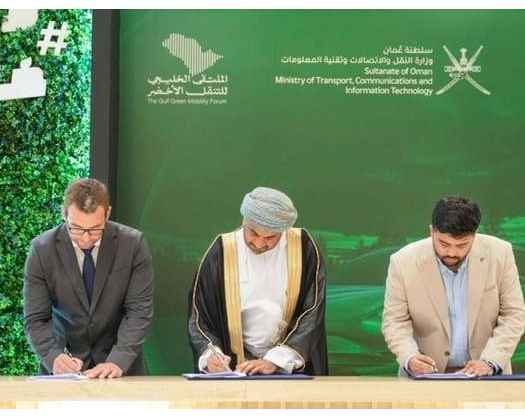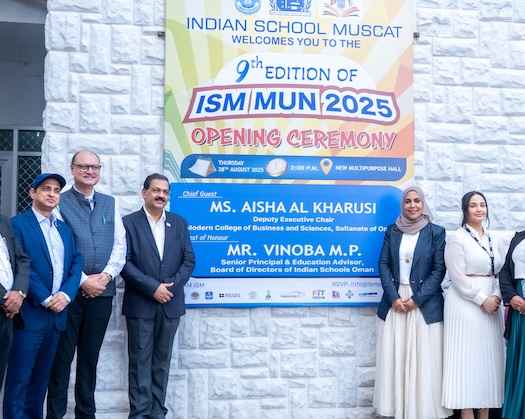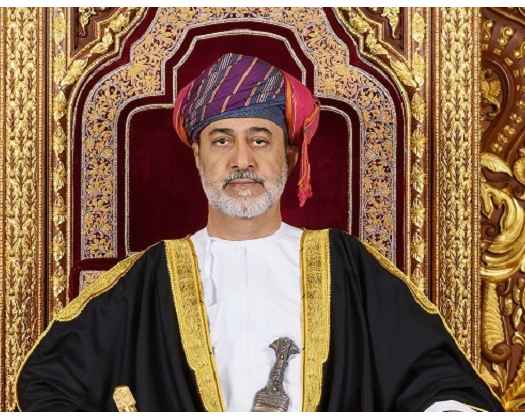Muscat: The decision to name various landmarks in the Sultanate of Oman after prominent leaders and figures reflects the Royal Vision of His Majesty Sultan Haitham bin Tarik, emphasizing the importance of preserving Oman's rich cultural and historical heritage. This initiative enhances national values, identity, and loyalty to the nation.
Oman boasts a heritage that spans thousands of years across multiple domains.
The Royal directives to name key roads after national and historical figures celebrate the profound history of Oman.
The road connecting the governorates of Muscat, Al Dakhiliyah, Al Dhahirah, and Al Buraimi honors Sultan Thuwaini bin Said, while the Al Sharqiyah Expressway is named in tribute to Sultan Turki bin Said. Additionally, the Khasab-Lima-Dibba Road in the Musandam Governorate is named after Sultan Faisal bin Turki.
The Al Batinah Coastal Road is dedicated to Sultan Taimur bin Faisal, and the Muscat-Al Batinah Road is named after Sultan Qaboos.
These renamed roads join a list of landmarks that commemorate Oman's historical figures, including military camps, schools, mosques, and lecture halls within educational institutions.
Several experts in history and education have discussed the cultural and historical significance of naming various achievements after the Sultans and iconic figures of Oman.
Dr. Mahmoud Abdullah Al Abri, Secretary of the Oman National Commission for Education, Culture and Science (ONCECS), stated that the Royal Directives issued by His Majesty Sultan Haitham bin Tarik to name several major roads in Oman highlight the nation's commitment to preserving its cultural heritage.
He emphasized that naming these strategic roads after past Sultans conveys a significant message regarding the contributions of these leaders to Oman's historical narrative.
Throughout history, Oman has served as a hub for culture and trade, he noted, and has established itself as a maritime and cultural force that has influenced both regional and global contexts.
Dr. Badriya bint Mohammed Al Nabhani, a historian, remarked that Oman boasts a rich heritage that spans thousands of years.
The efforts of His Majesty Sultan Haitham bin Tarik to honor this profound heritage are aimed at ensuring its transmission to both current and future generations.
She further mentioned that naming roads after the Sultans of Oman fosters a sense of loyalty to the nation and strengthens national identity.
Prof. Saif bin Nasser Al Maamari, Head of the Curriculum and Instruction Department at the College of Education at SQU, noted that the Royal Directives from His Majesty the Sultan to rename key roads after esteemed Sultans reinforce and enhance the ongoing renaissance and national identity across various domains.
Dr. Bahiya Said Al Azobi, a researcher with expertise in Oman's history, highlighted that the country's historical narrative is rich with prominent individuals who played crucial roles in shaping the state's development and impacting its political, social, economic, and cultural dimensions.
She pointed out that the practice of naming roads after Sultans serves as a vital means of promoting unity among Omani tribes, maintaining the state's integrity, effectively managing internal affairs, and strengthening the foundations of the contemporary state.
Dr. Mohammed bin Said Al Muqadam, another historian specializing in Oman, noted that the Royal Directives concerning road naming are part of a larger cultural initiative aimed at celebrating Oman's history. This is reflected in the schools and mosques that bear the names of Sultans and other historically significant figures in Oman.

